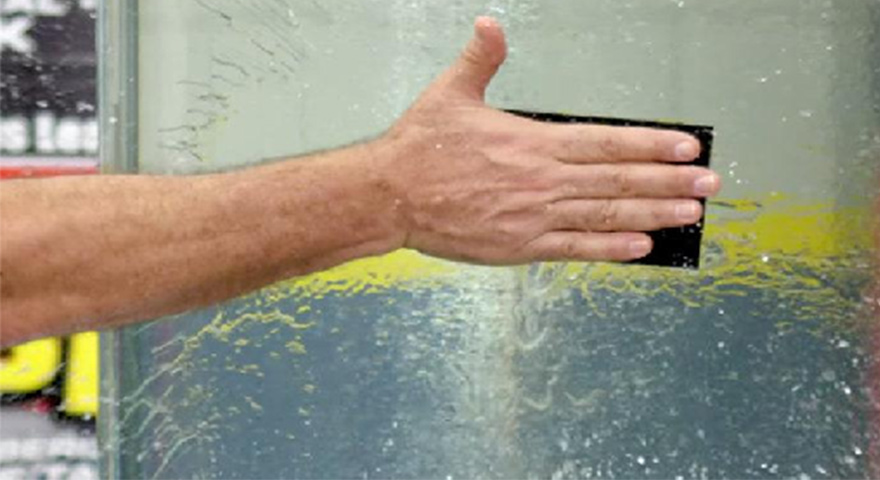

TUCK TAPE FOR WATER LEAK CODE
Though many builders think of the IRC as the bare minimum requirement, when it comes to WRB installation the code is actually ‘best practice.’ It’s all in section R703 – Exterior Covering of the 2018 IRC.

Building Code is Best Practice for House Wrap Installation Instead, choose high-quality house wrap with a perm rating over 50. When the ice thaws, you’ll end up with wet sheathing and/or wall cavities-not good. Moisture will escape through the wall cavity and sheathing, and if the house wrap doesn’t allow it to pass through fast enough, it will condense and accumulate in the form of frost and ice. This is especially true for older homes in cold climates with little or no moisture barriers. Inexpensive or poorly made house wraps often have perm ratings in the 8 to 12 range, and they should be avoided. Permeability (aka Perm rate) is the rate at which a house wrap allows water vapor to pass through it. Related: read about the difference between air barriers and vapor barriers. In hot, humid climates, the cool side of the wall is the inside of the home, where the air conditioning is operating.įor an in-depth look at moisture in buildings, check out Building America’s moisture flow guide. The method? You want the vapor barrier as far away from the coolest wall surface as possible. Vapor barriers are put on the inside face of wall studs in cold climates but they’re put on the exterior of homes in hot and humid climates. The placement and permeability of vapor barriers and house wraps are addressed by building codes but vary by region. A reality that is trapped on the inside of your wall. If this happens and the water can’t evaporate quickly, wood rot, mold, and mildew become a reality. Vapor barriers, on the other hand, are used to stop water vapor from entering a wall cavity, where the gas can turn into liquid water if it contacts a cold surface. Any holes through the wall, such as for windows, water spigots, exhaust vent outlets, HVAC condensate lines, or light fixtures and receptacles, should be carefully sealed and flashed. It’s very important for any water vapor that makes it to the backside of an air barrier to keep moving so it gets to the air around the home. Per Building America guidance, house wrap should be lapped shingle style over any exterior wall flashings installed around openings, penetrations, or where the walls intersect roofs, foundations, or other transitions. Housewraps must be permeable enough to allow water vapor to pass through them from the warm side, but still, stop bulk water like rain from entering on the cold side - similar to a Gore-Tex jacket. House wraps are installed to the outside surface of a home’s envelope, undersiding, or exterior cladding. House Wrap vs Vapor Barrier - What’s the Difference?
TUCK TAPE FOR WATER LEAK HOW TO
We will cover building code best practices, how to install housewrap (the right way), how to prevent common house wrap problems, reasons why housewrap can still leak, and how seaming tape can make your building project airtight and moisture-proof. In this Field Guide to House Wrap & Seaming, we’ve gathered the most important installation and seaming tape tips to build quality, energy-efficient buildings.


 0 kommentar(er)
0 kommentar(er)
